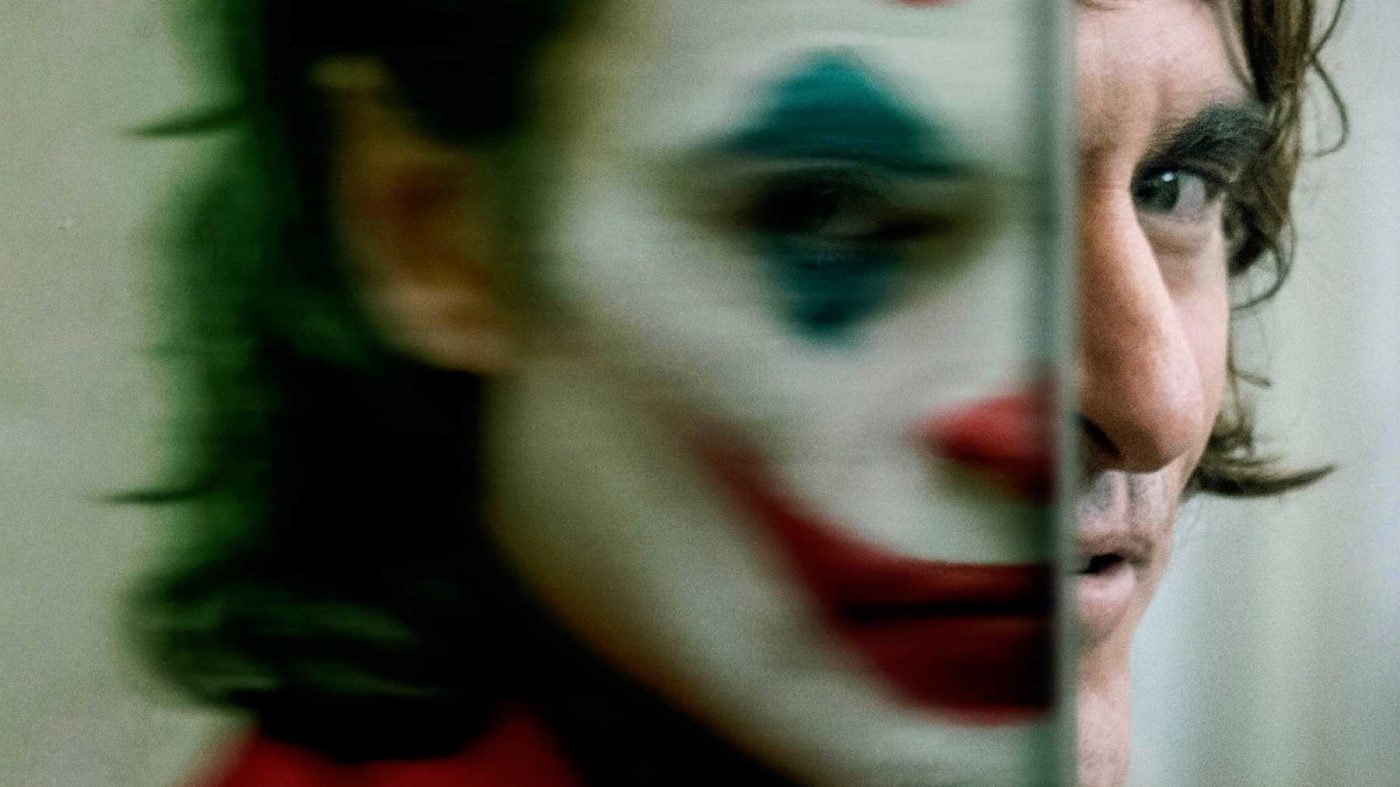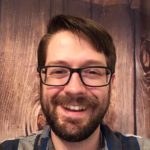
The Joker’s Smile
Anne of Green Gables dyed her hair green, but it didn’t wipe anybody out. I’m pretty sure Grandpa Munster wore white face paint, but it didn’t cause any chills.
If not the green hair or white face, what is it that makes the Joker look so evil?
I argue that it’s got to be the Joker’s smile.
I think that ghoulish grin makes Joker look far more evil than the more grotesque Two-Face and the more brutish Bane (who also might be smiling, but we can’t tell).
But what’s so evil about a big smile? At your dentist’s office, you’ll see portraits of big smiles that are actually meant to calm you, not scare you. All around your house, your favorite photos are probably the ones of your family smiling big for the camera.
We actually take it as a sign of health when someone smiles easily, laughs out loud, and even dances when feeling happy. But not when the Joker does them.
Most of us experience evil only half-heartedly. You tell a lie, get caught, and then feel bad. You punch someone in the gut with a well-placed insult, see the wound in his eyes, and then feel guilty. Even if the moment you did the wrong you were feeling all-in, afterward you felt sheepish, remorseful, disappointed.
Contrast that wishy-washy wickedness with the Joker: he stabs, shoots, and smothers and then smiles, laughs, and dances.
This is evil minus the guilt—cold-blooded, cruel, and without any second thought given to the carnage. This is Johnny Cash’s “I shot a man in Reno just to watch him die,” a line which was cheered when Cash performed the song at Fulsome Prison. But the Joker’s even worse, because whereas Cash sang “I hang my head and cry,” the Joker played by Joaquin Phoenix kills and then dances. This evil is pure: it slaughters, then celebrates. It’s symmetrical and decisive, not tentative and faltering.
The Joker’s smile freaks us out. But it also apparently draws us in.
The Joker was originally intended to be killed off in the 40s, but there was something appealing enough about him that he persisted, eventually beating out numerous supervillains to become Batman’s main nemesis (even if the LEGO Batman tried to deny it). Although backlash against comic book violence led DC to tame him into more of a prankster than a homicidal psychopath, by the late 80s the old Joker was back deadlier than ever, killing Robin and paralyzing Batgirl. Even after the untimely death of Heath Ledger, whose immersive portrayal of the Joker seemed to have contributed to his drug overdose, we as a culture were apparently all too ready for another Joker movie, as Joker is already breaking records since its October 4 release.
This most recent Joker movie is the Joker’s origin story. It’s about a lonely and ridiculed clown-for-hire failing to make it as a comedian. Everyone knows what’s coming: he will stop agonizing over how to remain sane in a maddening world. By the end of the movie, he will give into his envy and become the Joker. Fascinatingly, some theater audiences have cheered the moment they see his murderous transformation. He finally experiences symmetry with his destiny. No longer fighting against his impulses, he gives into the encroaching insanity. Smiling, laughing, dancing.
You and I are invited into two kinds of symmetry.
On the one hand, we are told by the Devil to stop struggling against evil, to give into it. As his promise goes, in being true to our impulses, we will find fulfillment. It won’t be giving into sin so much as finding our true selves. What a relief it will be to stop fighting your inclinations, and instead to celebrate them and affirm yourself! But the truth is, as with the Joker, each sin we go ahead and give into leads us deeper into chaos. The symmetry which evil invites us into turns out only to draw us down a spiral of ever-darker descent.
But there is a symmetry that leads to joy. It’s alignment with the way of Jesus. The Holy Spirit invites us to sever our covenants with sin and become one with Jesus (1 Corinthians 6:17-20). To experience this symmetry, we must continue struggling against the encroaching evil; we mustn’t cease fighting against our basest urges. And with each step toward Jesus, we find ourselves experiencing actual fulfillment: a symmetry which aligns us with our created purpose.
For the follower of Christ, sin doesn’t feel like symmetry. Therefore,
If then you have been raised with Christ, seek the things that are above, where Christ is, seated at the right hand of God. Set your minds on things that are above, not on things that are on earth. For you have died, and your life is hidden with Christ in God. When Christ who is your life appears, then you also will appear with him in glory (Colossians 3:1-4).








